For almost seventy years, Harry Mellon Rhoads was Denver's very own one-man "maestro paparazzi." Starting in 1900 as photojournalist for the Denver Republican, until his retirement from the Rocky Mountain News in 1969, at almost every important event, Harry's lens would be focused on the action. He captured images of U.S. Presidents from Theodore Roosevelt to Dwight Eisenhower, and legends like Charles Lindbergh and Amelia Earhart.
Harry Mellon Rhoads (who called himself the "fat photographer") was born in Unionville, Berks County, Pennsylvania, on August 28, 1881. He attended East and West High Schools in Denver, and after graduation began his career as a newspaper photographer with the Denver Republican. Until his retirement from the Rocky Mountain News in 1969, Harry continued to work as a newspaper photographer. Harry was a family man. He married twice and was the proud father of two daughters -- Mary Elizabeth and Harriet. The Rhoads collection contains numerous family photographs.
Harry Rhoads had a front row seat to watch the rise of the automobile, and his camera captured not just the new mechanical darlings, but the fascination and delight of the people using them. Faster transportation in the form of a motorcycle enabled Harry to perform near miracles as a sports photographer, going from the University of Denver to the Colorado School of Mines and then to U.C. Boulder on a Saturday and having photos of the football games ready for the Sunday paper. When he graduated to owning a car, he captured idyllic scenes of family camping trips in the Colorado Rockies, and as cars became ubiquitous, his photos show all kinds of people with their automobiles, their races, and their wrecks.
As his fame grew, Rhoads became close with the Denver Police Department - they all knew him - and this no doubt enabled him to get some of his close-in shots of dramatic events.
The police beat gave Rhoads an inside track to all kinds of pivotal moments and eras in Denver and Colorado history. He was privy to Prohibition raids, the Coal Miner's Strike in Ludlow, the rise of the Denver Tramway System and its labor disputes, and the appearance and rise of the airplane. He photographed the Queen of Romania on her American tour stop in Denver, and his comment was that upon her visit, Denver Society "rolled over and played dead."
But news events were not all Harry liked to photograph. Browsing the Rhoads photographs in our digital collection imparts a definite sense that Rhoad's photos are about people. He was expert at capturing people's candid expressions, and judging from the looks on many of his subject's faces, people felt comfortable and happy with him and his approach. Harry was always glad too, to aim his lens at the women in his world, many of whom were obviously reveling in the freedoms emerging with the new century.
Early in his career, one April 19th, in 1906, Rhoads got word that the 23rd Avenue Presbyterian Church was on fire - rushing over to the scene, he managed to capture the actual moment that the church's towering spire collapsed into rubble. When he returned to the office, his editor yelled at him: "You're two hours late. Your fired!" Harry brushed the editor aside and went into his darkroom, emerging moments later with an incredible photograph. He told a reporter later: "I packed up my gear, and went down and tossed the picture on the managing editor's desk, explaining that it was my last picture, because I had just been fired."
The managing editor examined the photograph, roaring: "Like hell you are!" It was the first and last time Harry was ever fired.
Harry Rhoads was a family man, and like the families of many photographers, his crew was used to posing for Dad, and being celebrities in the privacy and comfort of their own home. Harry's upbeat nature is reflected in many photographs of him, and he was commonly used in newspaper and promotional photographs, his mobile face and playful demeanor charming everyone involved. In fact, Harry Rhoads was actually offered a job with Ringling Brothers, Barnum & Bailey Circus as a clown, when the "King of Clowns," Felix Adler, recruited Harry into the show on a Denver visit. Dressed in giant red pants, a red nose and wig, and giant shoes, Harry's antics before a crowded afternoon audience of mostly children brought down the house. After the show, John Ringling North approached Harry and offered him a job. Rhoads considered it, but said: "The thought of having to clean my shoes after each performance drove me back to the office."
The video below documents an exhibit of Harry Rhoads photographs in the Western History art gallery at the Denver Public Library that showed August through October, 2003:
The Denver Public Library acquired the Harry Rhoads collection in 1983. Approximately 2,500 images from the Library's 5,800 glass plates and film negatives have been digitized and are available in our Online Database. For more information about this collection, please contact the Denver Public Library. An excellent book on the life and legacy of Harry Rhoads is "Harry Rhoads, Denver's Man With A Camera," by Morey Engle and Bernard Kelly. Be sure to peruse the gallery below, for more great Rhoads photographs.

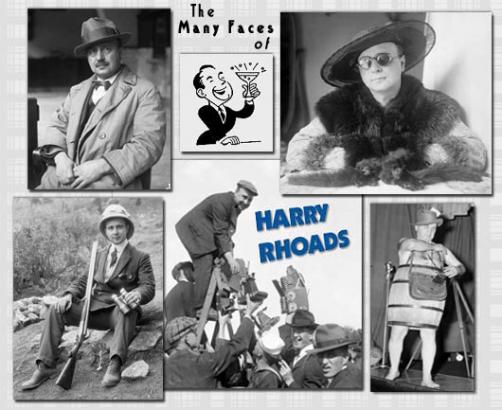
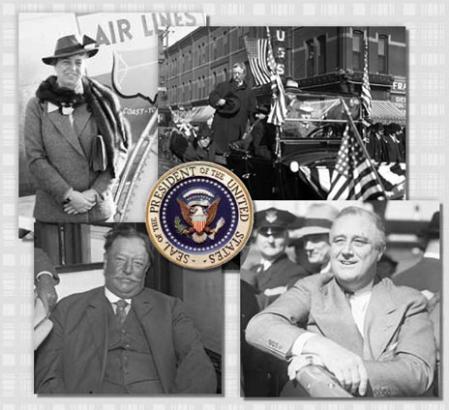

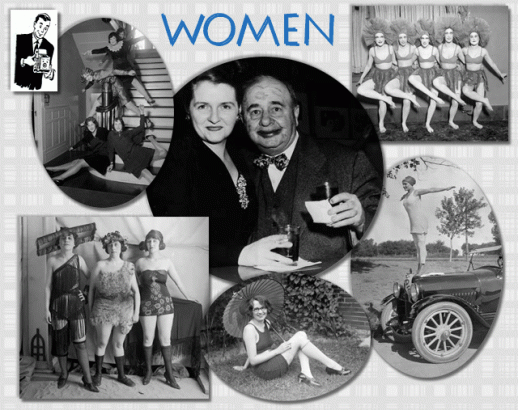
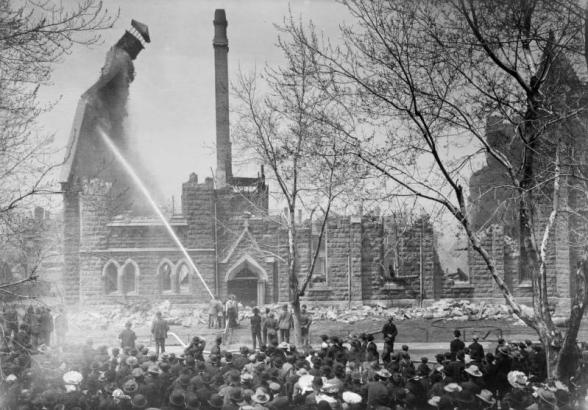
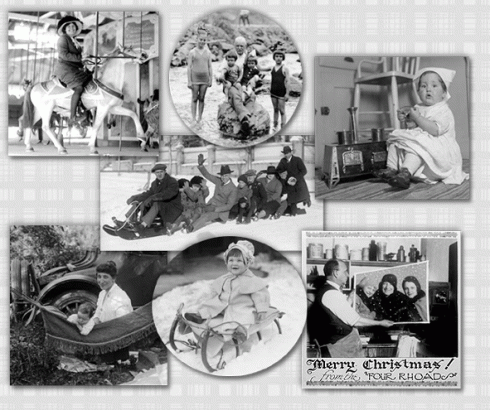
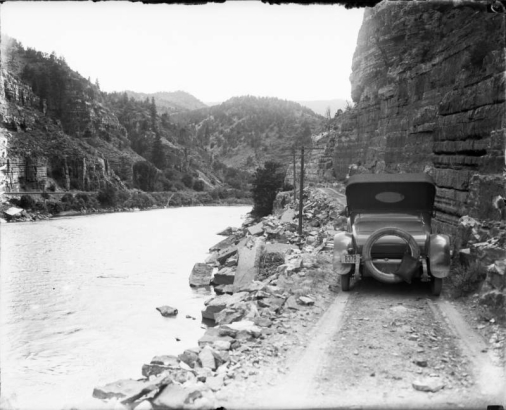
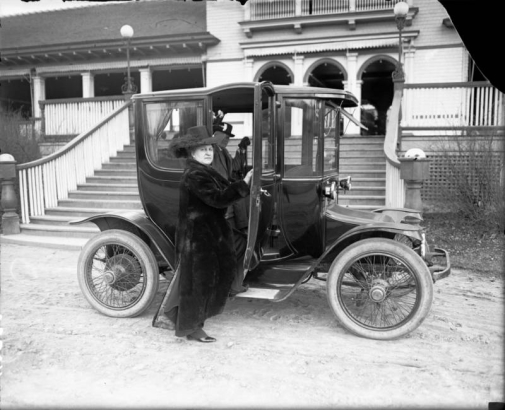
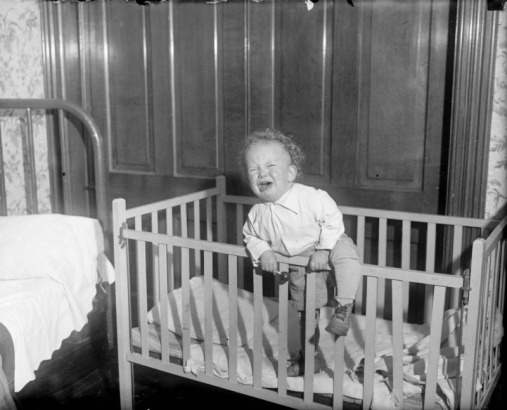
Add new comment